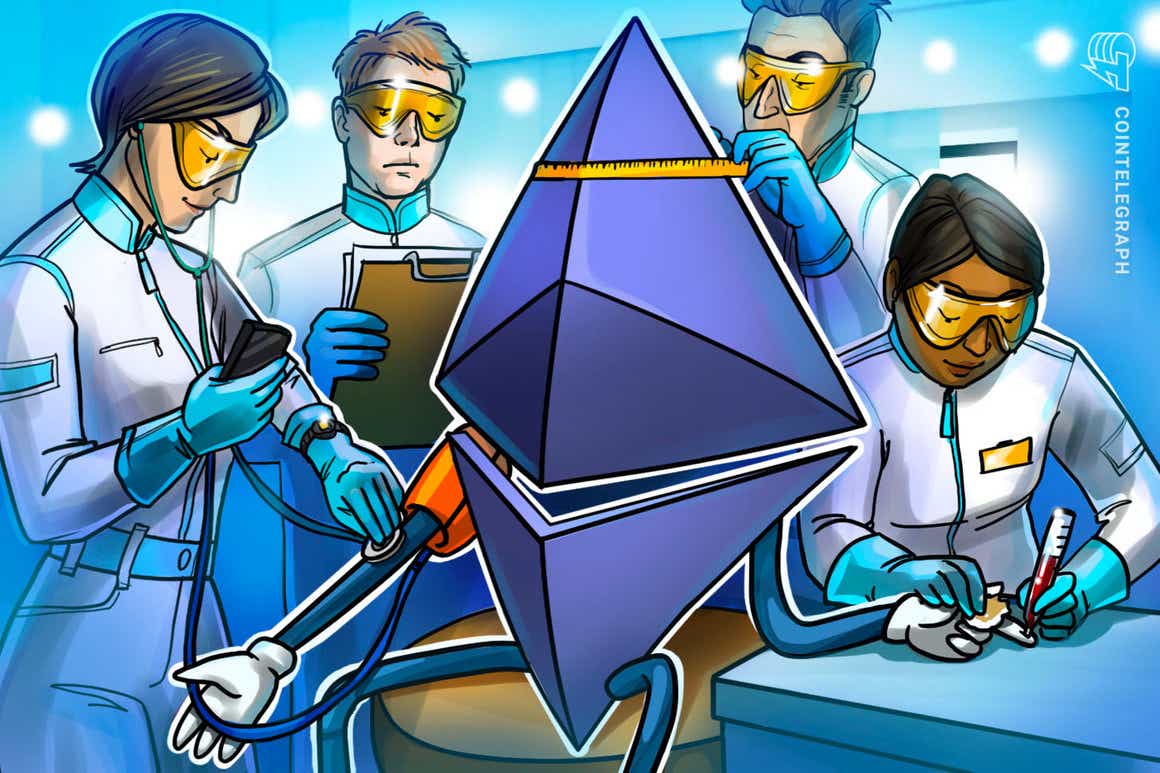Traders pin Ethereum’s route to new ATH to eventual Bitcoin ETF approval

Ether (ETH) price is lagging Bitcoin’s (BTC) price action by 13% in October, but is this relevant? To date, the altcoin has still outperformed BTC by 274% in 2021. However, traders tend to be short-sighted and some will question whether the Ethereum network can successfully migrate to proof of stake (PoS) validation and finally solve the high gas fees issue.
Moreover, the increasing competition from smart contract networks like Solana (SOL) and Avalanche (AVAX) have been worrying investors:
One big problem with the “ETH is ultra sound money” meme is that EIP-1559 only limits the supply of ETH if Ethereum continues to have lots of transactions. It’s just as possible that people will tire of $80 gas fees and opt for one of numerous alternatives (SOL, AVAX, etc).
— dennis in SF // OP_CTV (@pourteaux) October 8, 2021
According to Cointelegraph, the recent speculation over the possible approval of a Bitcoin exchange-traded fund (ETF) raised traders’ appetite for BTC. The U.S. Securities and Exchange Commission (SEC) is expected to announce its decision on multiple ETF requests over the next couple of weeks. However, it remains a possibility that the regulator will postpone these dates.
Pro traders are unfazed by the recent price stagnation
To determine whether professional traders are leaning bearish, one should start by analyzing the futures premium — also known as the basis rate. This indicator measures the price gap between futures contract prices and the regular spot market.
Ether’s quarterly futures are the preferred instruments of whales and arbitrage desks. These derivatives might seem complicated for retail traders due to their settlement date and price difference from spot markets, but their most significant advantage is the lack of a fluctuating funding rate.

The three-month futures typically trade with a 5% to 15% annualized premium follows the stablecoin lending rate. By postponing settlement, sellers demand a higher price, and this causes the price difference.
As depicted above, Ether’s failure to break the $3,600 resistance has not caused a shift in pro traders’ sentiment because the basis rate remains at a healthy 13%. This shows that there is no excessive optimism at the moment.
Retail traders have been neutral for the past five weeks
Retail traders tend to opt for perpetual contracts (inverse swaps), where a fee is charged every eight hours to balance the leverage demand. To understand if some panic selling occurred, one must analyze the futures markets funding rate.

In neutral markets, the funding rate tends to vary from 0% to 0.03% on the positive side. This fee is equivalent to 0.6% per week and indicates that longs are the ones paying it.
Since Sept. 7, there hasn’t really been any indication of high leverage demand from either bulls or bears. This balanced situation reflects retail traders’ lack of appetite for leverage long positions, but at the same time shows little panic selling or excessive fear.
Derivatives markets show that Ether investors are not worried about the recent underperformance versus Bitcoin. Furthermore, the lack of excessive long leverage after a 274% gain year-to-date should be positively portrayed.
By leaving some room for bullishness without compromising the derivatives market structure, Ether traders seem prepared for a rally above its all-time high, especially if a Bitcoin ETF is approved.
The views and opinions expressed here are solely those of the author and do not necessarily reflect the views of Cointelegraph. Every investment and trading move involves risk. You should conduct your own research when making a decision.
Source link






